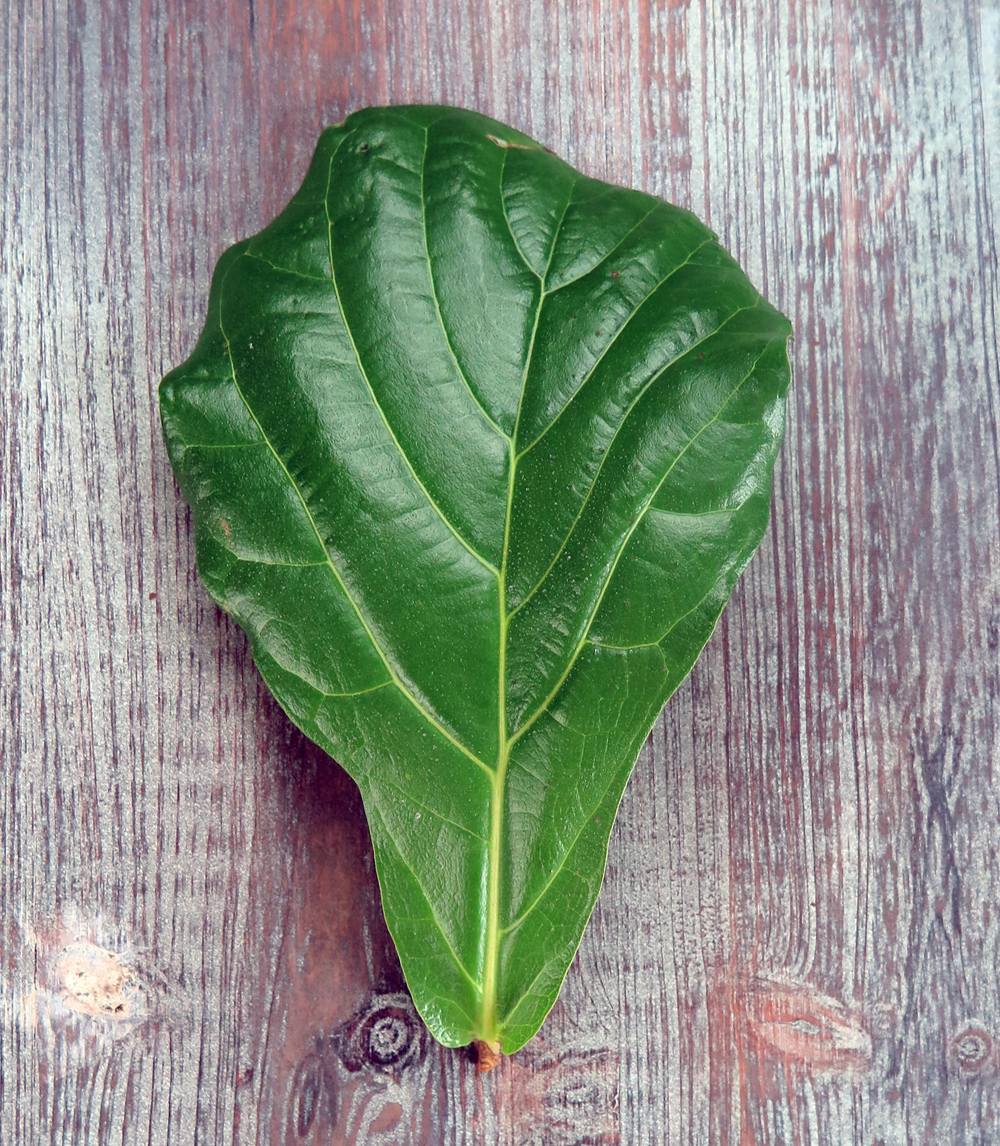What is a Blind Plant Cutting?
March 23, 2024
Is your cutting only growing roots with no shoots?
Plant propagation is pretty popular these days. Much of the latest houseplant craze was fueled by a couple specific plants: coin plant (Pilea peperomioides) and fiddle leaf fig (Ficus lyrata). Once more plant parents got their hands on these plants, they of course wanted to try propagating them. But wouldn't you know, not all vegetable plant cuttings are alike, and these two species just happened to throw a lot of first time propagators for a loop. When people tried taking leaf cuttings of both of these species, they may have gotten roots on their cuttings....but never a bud shoot!
Why?
Blind cuttings.
An important thing to know about leaf cuttings is that just because a certain plant can easily develop a callus or adventitious roots on a leaf, petiole, or stem section, it may not be able to develop a new adventitious bud or shoot from that same location. In fact, some leaf cuttings can survive on their roots for a very long time, yet never develop a new bud or shoot. We call these blind cuttings. You'll also see this same phenomenon in Hoya kerrii or heartleaf hoya.

The petiole of this fiddle leaf fig plant can develop roots, but it won’t develop a new bud shoot.
PC: Leslie F. Halleck
Totipotency in Plants
Did you know that not every part or tissue (cell) of every plant can grow roots, or shoots, or both? In each species, each part of the plant - be it the stem, the petiole, or the leaf, each have (or do not have) a particular type of reproductive potential or potency. A seed is an example of plant tissue that has totipotency. That means it contains ALL the necessary genetic information to differentiate into EVERY different type of tissue that plant species will develop. But some plant tissues are pluripotent or multipotent, meaning they may be able to differentiate into some different tissues, not all.
Coin plant, fiddle leaf fig, and heartleaf hoya (to name just a few popular species) won't develop new bud shoots from leaf-petiole cuttings alone. (and none can be propagated just from a leaf cutting). The petiole tissue (the small stem that connects the leaf to the main stem) can differentiate into new root tissue. But not new bud tissue. There needs to be at least some main stem meristem cells attached to the petiole in order to form new bud tissue.
In fact, some leaf cuttings can survive on their roots for a very long time, yet never develop a new bud or shoot.
So if a few of you say "oh you're wrong, MY Hoya kerrii leaf-petiole cutting DID make a new but shoot!" that's likely because there was at least a small piece of main stem tissue still attached to the petiole. It's all about the different types of meristematic tissue that are present in each plant tissue, and that's species specific. (try and take a leaf petiole cutting from your citrus plant and it won't root at all).
And THIS my, plant friends is also why vegetative cuttings of variegated plants that are chimeras (for example variegated Monstera deliciosa) is so difficult. It all comes down to which cells happen to have the genetic code for the variegation (which you won't be able to discern) and are those cells included in the cutting you took.
If you want to learn more about how to take and grow cuttings of your plants, check out my book "Plant Parenting", and if you want to dig deeper into the science of plants and botany, you can join me in my UCLA Botany for Gardeners course.

